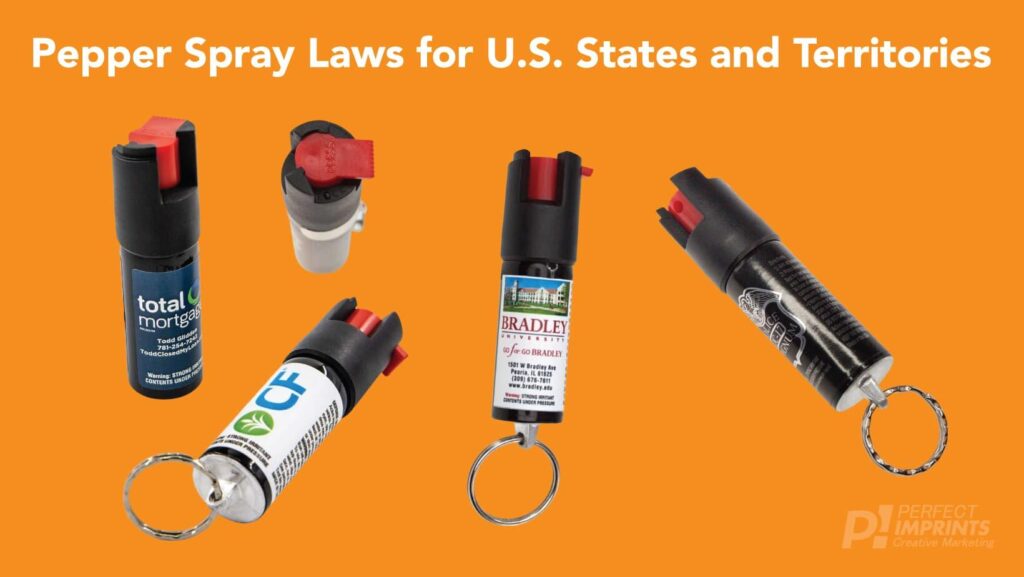Table of Contents
- Understanding Legal Limits of Pepper Spray Concentration Across Different Regions
- Health and Safety Implications of Varying Pepper Spray Formulations
- Navigating Compliance When Traveling With Pepper Spray Internationally
- Expert Recommendations for Choosing Pepper Spray Within Legal Boundaries
- Future Outlook
Understanding Legal Limits of Pepper Spray Concentration Across Different Regions
When navigating the complex landscape of pepper spray regulations, it’s essential to recognize that legal limits on concentration can vary drastically from one region to another. In the United States, for example, many states cap the oleoresin capsicum (OC) concentration at around 10-15%, reflecting a balance between self-defense efficacy and public safety concerns. Meanwhile, European countries often enforce stricter limits, with some nations permitting concentrations as low as 2%, aligning with tighter weapon control laws. These variations not only influence the potency of sprays available to consumers but also affect the legal classification of pepper spray-as either a self-defense tool or a prohibited weapon.
Understanding these boundaries is crucial for travelers and residents alike, as violating concentration thresholds can carry severe penalties, including confiscation, fines, or criminal charges. The following overview highlights key points of differentiation:
- North America: Typically, max OC concentration ranges between 10-15%, with state-specific variations.
- Europe: Concentrations are often limited to 2-5%, and some countries ban civilian use outright.
- Asia: Many countries impose strict rules or complete bans, often with low or unspecified concentration limits.
- Australia: Generally bans pepper spray for civilians, regardless of concentration, due to stringent weapon laws.
Remaining informed and compliant with these local thresholds not only ensures legal protection but also promotes responsible and safe usage of pepper spray as a personal safety device.
Health and Safety Implications of Varying Pepper Spray Formulations
Different formulations of pepper spray vary widely in concentration and chemical composition, which significantly impacts their health and safety profiles. Higher concentrations of capsaicin, the active ingredient, generally produce more intense inflammatory responses, potentially leading to severe respiratory distress, skin burns, or prolonged eye damage. Even low-concentration sprays can cause temporary incapacitation, but when used improperly or on vulnerable individuals such as children, elderly, or those with respiratory conditions, the effects might escalate to critical emergencies. It is essential to consider not only the concentration but also the delivery mechanism-whether aerosol, gel, or foam-as the dispersal method influences exposure levels and potential risks.
From a legal and safety perspective, understanding the formulation’s implications is vital for both users and regulators. Many jurisdictions impose limits on maximum allowed concentrations to minimize unintended harm, while manufacturers blend inert ingredients to stabilize formulations and reduce adverse effects. Some notable concerns include:
- Chance of allergic reactions: Varying additives can trigger skin irritations beyond the effects of capsaicin alone.
- Overuse hazards: High-strength sprays carry an increased risk of respiratory failure with repeated or prolonged exposure.
- Environmental impact: Residual chemicals may pose contamination risks when improperly disposed of or used in densely populated areas.
Navigating Compliance When Traveling With Pepper Spray Internationally
Expert Recommendations for Choosing Pepper Spray Within Legal Boundaries
When selecting pepper spray, it’s crucial to prioritize both effectiveness and legality to ensure your safety and peace of mind. Start by thoroughly researching your local laws regarding maximum concentration limits of Oleoresin Capsicum (OC) and permissible sizes of canisters. Many countries impose strict regulations limiting the active ingredient percentage, so opting for a product that complies with these standards will prevent unintended legal consequences. Remember that stronger isn’t always better; a balanced formula designed for quick incapacitation within legal thresholds often offers optimal protection without risking unlawful possession.
Key factors to consider include:
- Concentration Percentage: Ensure the OC content falls within your jurisdiction’s legal limits.
- Spray Range and Duration: Choose a product providing sufficient distance and spray time for effective self-defense.
- Size and Portability: Compact, lightweight sprays enhance carry convenience without sacrificing power.
- Certification and Quality: Select reputable brands that provide lab-tested safety and effectiveness data.
Consulting local law enforcement websites or legal resources before purchase can save you from penalties or confiscation. Additionally, consider training on proper usage and maintenance; a legally compliant pepper spray is only beneficial if used confidently and correctly.
Future Outlook
In a world where personal safety is a growing concern, understanding the varying pepper spray concentration laws across different countries is more important than ever. Whether you’re a traveler, a resident, or simply interested in self-defense regulations, staying informed helps ensure both compliance with local laws and effective protection. As this guide has shown, the legal limits on pepper spray strength and usage can differ greatly from one region to another, underscoring the need for thorough research before carrying or using such devices. By keeping abreast of these regulations, you empower yourself to make safe, legal, and responsible choices – no matter where you are in the world.Check Our Other Blogs
- StunGun – Your Trusted Source for Stun Guns, Laws, and Self-Defense Tips
- PepperSprayLaws – Your Trusted Resource for Pepper Spray Information
- StunGunLaws – Your Trusted Guide to Stun Gun Legality and Safety




